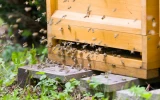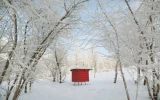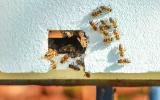When & How To Wrap Beehives for Winter: 7 Expert Tips
Preparing your beehives for winter is an essential task to ensure the survival and health of your bee colony. One critical aspect of this preparation process is knowing when and how to wrap your beehives effectively to protect them from the harsh winter elements. In this article, we'll provide you with seven expert tips to guide you through the process, ensuring your bees are safe and secure throughout the colder months.
Aim to wrap your hives before the first frost or when temperatures consistently drop below 50°F (10°C) during the day. Choose the right type of wrap or one with breathable materials to provide sufficient insulation while allowing for proper ventilation. Secure the wrap in place by screwing it through a wooden block.
Now that you're aware of when to wrap your beehives, let's dive into the expert tips on how to effectively do so. These tips will not only help you protect your bees from the cold but also make it easier for them to thrive and stay active during the long winter months.
Summary
- Wrap hives before the first hard freeze. Be sure to use breathable materials that provide the needed insulation.
- Securely wrap the hives to prevent drafts and wind exposure.
- Place the hives in a sheltered location to protect them from the elements.
- Monitor the hives for signs of condensation or other issues.
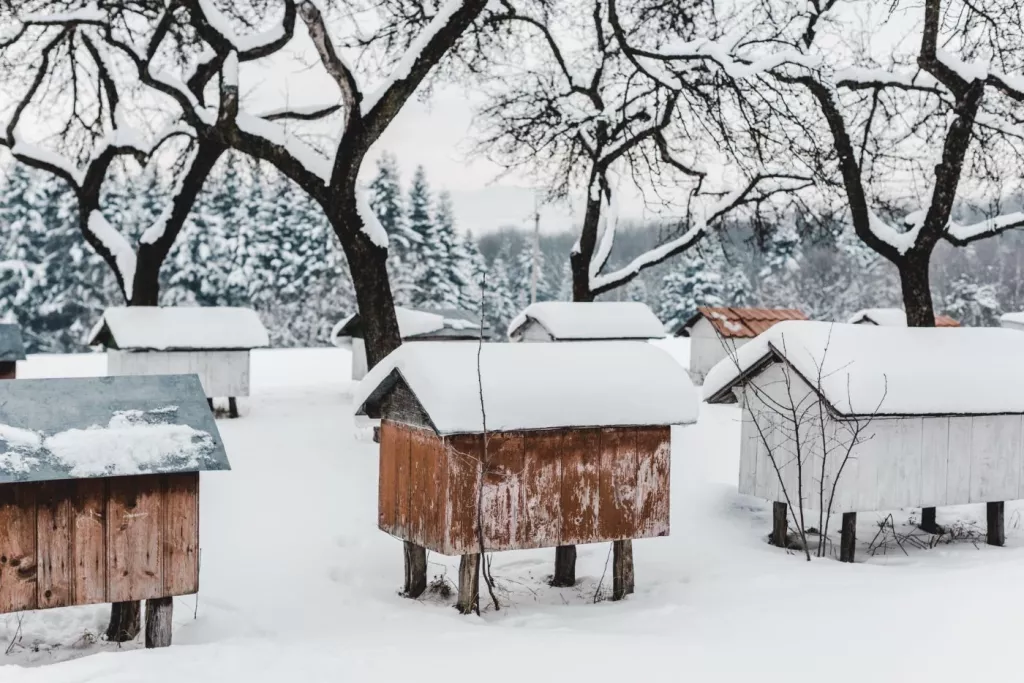
On this page:
7 Expert Tips for Wrapping Beehives for Winter
Timing is crucial when it comes to wrapping your beehives for winter. This is because bees are sensitive to temperature changes and need proper insulation to maintain their internal hive temperature, which allows them to function optimally and stay healthy. Pay close attention to deciding when to wrap your beehives based on local weather conditions and the specific needs of your bees
Keep an eye on your beehives during the wintertime, and don't hesitate to make necessary adjustments as needed. Your dedication to the wellbeing of your bees is essential for their success in the colder months. Below are seven expert tips for a successful winter season for you and your bees.
-
Choose the right material for wrapping your beehives. A popular choice is tar paper, which is both water-resistant and an excellent heat absorber. Another option is a premade wrap such as the EZ-On hive wrap or a bee cozy. Both of these options provide good insulation and are waterproof.
-
Ensure that your hives are in a sheltered location, away from direct wind exposure. This will help protect them from the elements and provide a more stable environment for the bees during the winter months.
-
Monitor your hives for signs of condensation or other issues. Keeping an eye on the hives throughout the winter can alert you to any potential problems, such as water buildup or excessive humidity, that need to be addressed to keep your bees healthy.
-
Wrap your hive securely to prevent drafts and wind exposure. When using materials like tar paper or premade wraps, ensure that there is a snug fit around the hive and that all gaps are sealed.
-
Keep ventilation in mind when wrapping your beehives. Proper ventilation is essential to prevent excess moisture buildup, and it allows carbon dioxide to escape the hive. Be sure not to block the entrance and any additional ventilation holes during the wrapping process.
-
Insulate the top of your beehive with an insulating material, such as a 1-inch rim or hard candy plates. This will help regulate the internal temperature and provide a source of emergency food for the bees during the winter months.
-
Lastly, don't forget to remove the wraps in a timely manner when the weather begins to warm up. Bees need to maintain a proper temperature balance within their hive, so removing the wraps will help avoid overheating and ensure a healthy transition into the spring months.
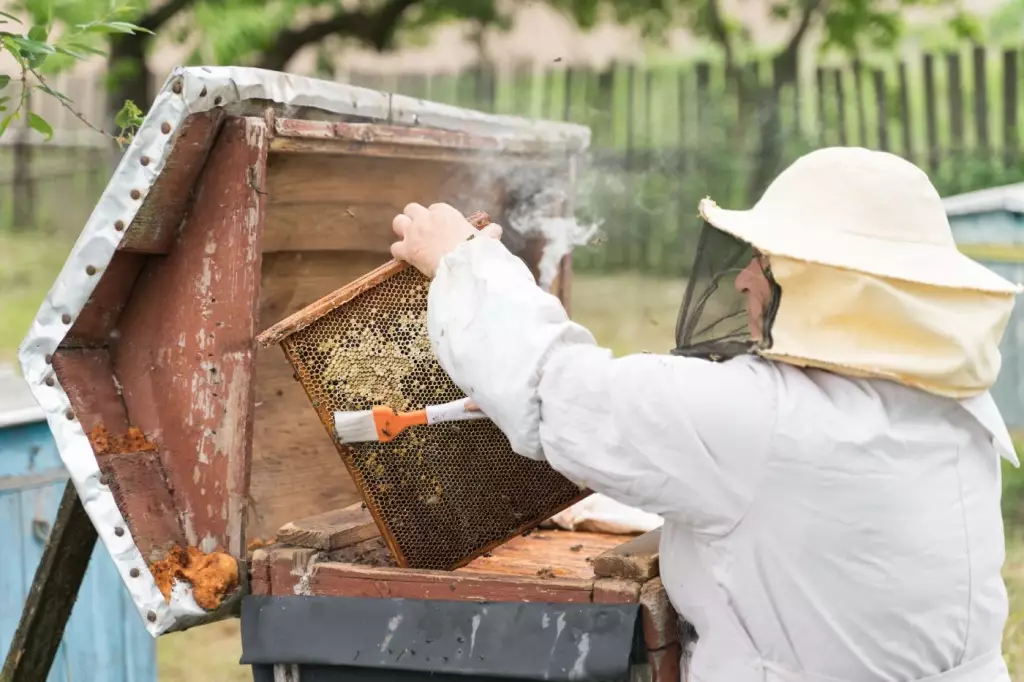
Wrap Beehives At Least Two Weeks Before Winter
Knowing the right time to wrap your beehives is crucial for the well-being of your bees during the winter months. It's essential to wrap your hives at least two weeks before the arrival of cold temperatures, as this will give your bees enough time to adapt to the changes in their environment.
As a rule of thumb, consider wrapping your hives if you live in USDA Zone 5 or lower. This is because these areas typically experience harsher winters, and your bees will need extra protection from the cold.
| States within USDA Zone 5 or Lower | |||
|---|---|---|---|
| Alaska | Michigan | North Dakota | Vermont |
| Colorado | Minnesota | Oregon | Washington |
| Idaho | Montana | Pennsylvania | Wisconsin |
| Maine | New Hampshire | South Dakota | Wyoming |
| Massachusetts | New York | Utah | |
It's important to keep an eye on the local weather forecasts and keep track of the temperature trends in your area. As the weather starts to cool down, prepare the necessary supplies for wrapping your hives, such as hive wraps and tape.
While wrapping your beehives, your main goal is to provide enough insulation to keep your bees warm, without causing excess condensation or trapping moisture inside the hive. This is essential, as improper wrapping can lead to a damp, disease-ridden environment for your bees.
Types of wraps for beehives
There are several types of wraps that can be used for beehives during the winter. It's important to choose a wrap that provides adequate insulation and moisture control to keep your bees healthy and thriving throughout the winter. The best type of wrap for your beehive will depend on the specific needs of your hive and the climate in your area.
The primary goal is to provide protection and insulation to your hives so that your bees can survive the winter months. Some of the best types of wraps include:
-
Insulated hive wraps: These wraps are made of insulating material and are designed to keep the hive warm during the winter. They are usually made of materials such as foam or bubble wrap.
-
Felt hive wraps: These wraps are made of felt and are designed to provide insulation to the hive. They are usually placed around the hive and can be secured with straps or clips.
-
Quilted hive wraps: These wraps are made of quilted material and are designed to provide insulation to the hive. They are usually placed on top of the hive and can be secured with straps or clips.
-
Moisture-absorbing hive wraps: These wraps are designed to absorb moisture from the hive and prevent condensation from forming inside. They are usually made of materials such as burlap or absorbent paper.
Helpful Tips on How to Wrap Beehives
Winterizing your beehive is essential to help your bees stay warm and dry during the cold months. Wrapping your beehives is a crucial step in this process. Here, you will learn how to wrap your beehive effectively by covering the right material selection, measurements, and securing the wrap. You can effectively wrap your beehive for winter and ensure a healthier and safer environment for your bees during the cold season.
Choose the right material for a beehive wrap
Select an appropriate material for wrapping your beehive. Good options include breathable and water-resistant materials, such as tar paper or woven polypropylene-based wraps. Remember, your wrapping material should allow for proper ventilation while also providing insulation to keep the hive warm.
Measure and cut your beehive wrap
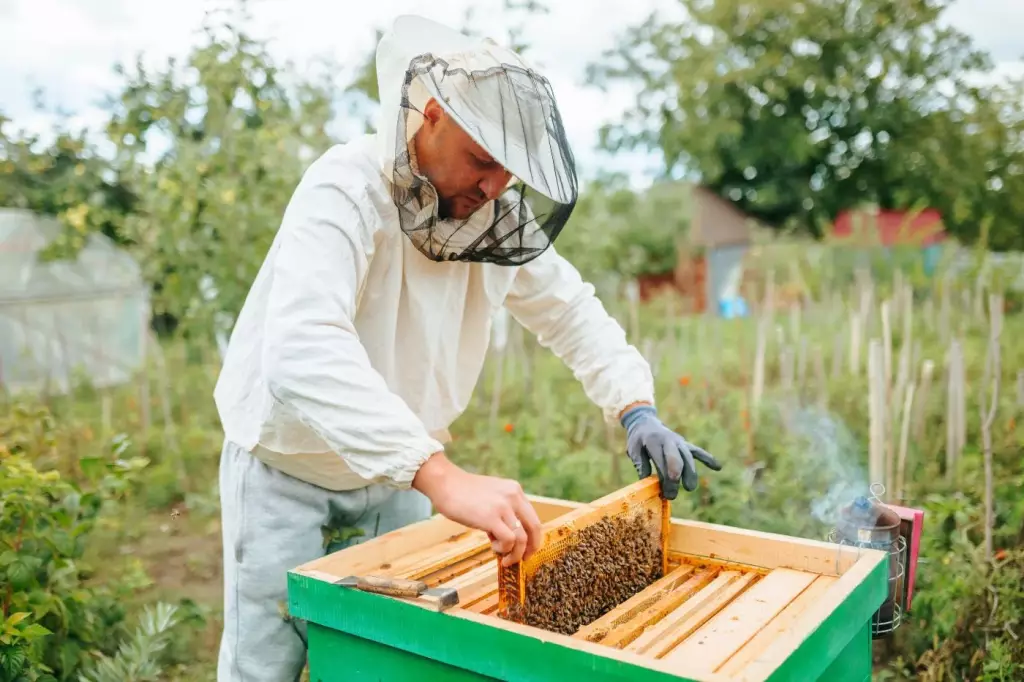
Measure the dimensions of your beehive to determine the size of the wrapping material needed. Remember to account for some overlap to ensure complete coverage. After taking measurements, carefully cut the wrapping material according to these dimensions. Be cautious not to cut it too small, as this can leave parts of your beehive exposed to the cold.
Secure the beehive wrap
Once you've cut your material, proceed to wrap it around your beehive. Make sure the covering is snug, but not too tight, to avoid restricting airflow. As you wrap the material around the hive, use a 1/2" pan head screw to temporarily hold the material in place.
With the material securely wrapped, place a wooden block near the end flap of the wrap. This will help keep your wrap secure throughout the winter. Drive screws through the wrap and into the wooden block to hold it in place. Keep an eye on the wrap during winter to ensure that it doesn't shift or get damaged, exposing your beehive to the elements.
